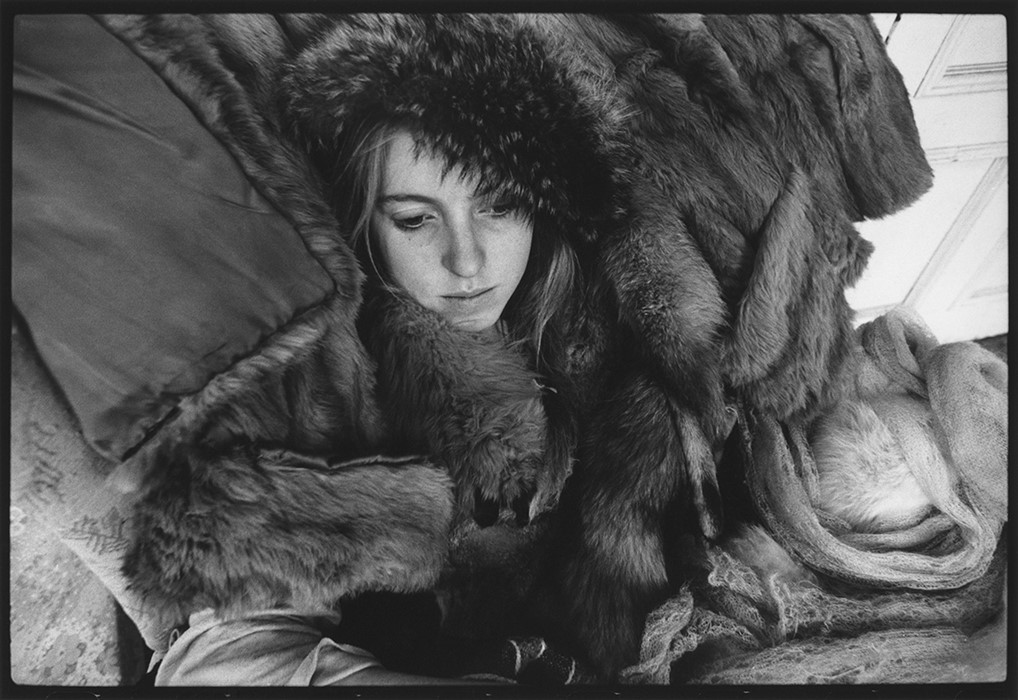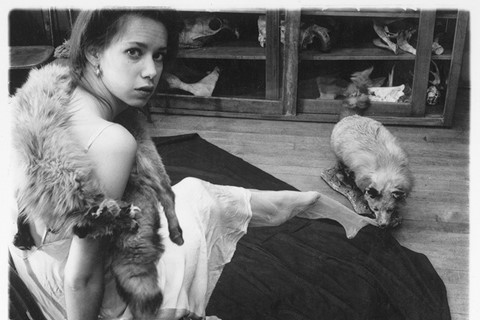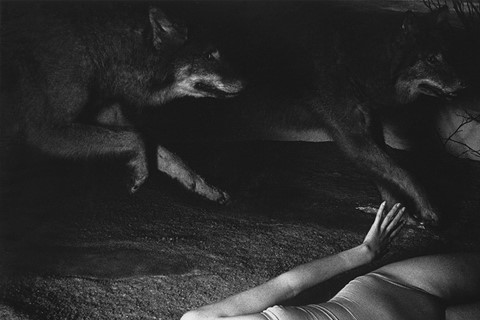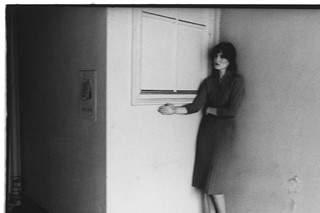We consider the eternally enigmatic Francesca Woodman through her work and the words of those who knew her
Black and white, ethereal, haunting. Such are the photographs which make up much of the work of the late American artist, Francesca Woodman. Indeed, these adjectives can be applied to Woodman herself; ethereal, haunting, black and white images of her own body recur again and again in her photographs.
Often depicted naked, Woodman made a habit of positioning herself within her work – the subject, an object, the backdrop, an aside, there and not there, seen and unseen. The complexity of using oneself for such multifaceted purposes renders the overall relevance, perhaps, indecipherable.
When asked why she so regularly featured, she replied: "it’s a matter of convenience. I am always available". The tragic circumstance of her suicide – Woodman suffered from depression and lept to her death from a loft window in 1981, aged just 22 years old – indicates that she wasn’t always emotionally available to other people. And that was perhaps her point. She was only "always available" to herself, and could be everything and anything that her work required.
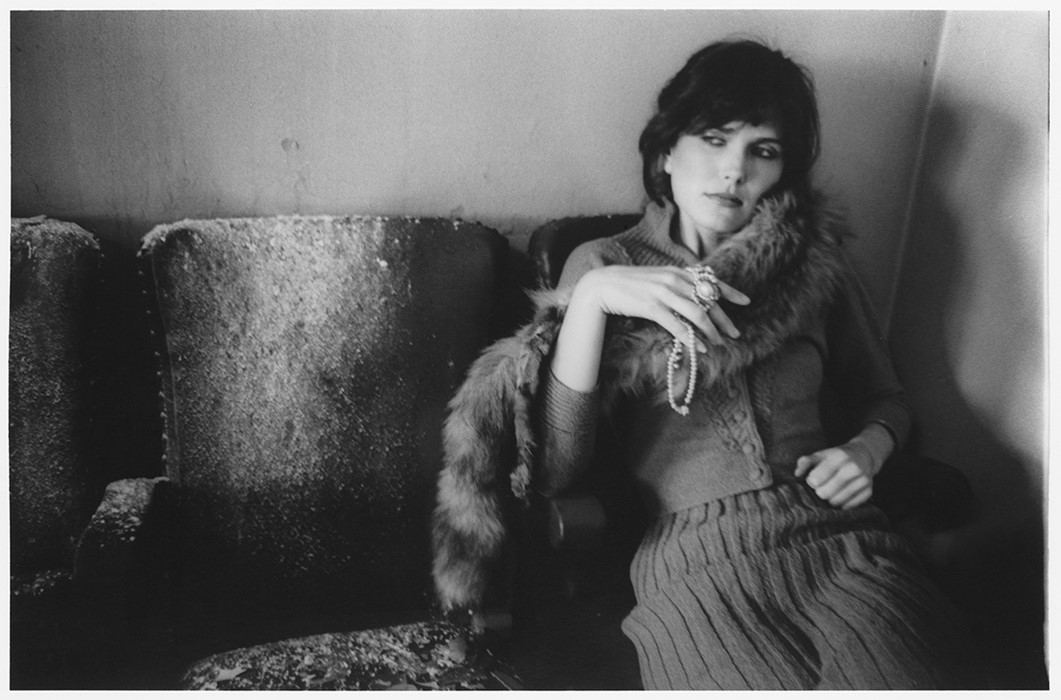
The exhibition currently on display at the Marian Goodman Gallery is titled I’m trying my hand at fashion photography. Did she one day see herself as part of that industry? Perhaps, but not conventionally. It is well known she was influenced by the avant-garde work of Deborah Turbeville, a prominent 70s fashion photographer, and this exhibition highlights the extent of that influence. Woodman, like Turbeville, steers away from commercialism. These images create narratives and tell stories. The clothes are not ‘products for sale’, they are costumes; components of a far greater picture. And at the centre of so many, is Woodman.
Who was Francesca Woodman? Her own muse? A surrealist? A story-teller? Fashion obsessive? Her premature death robbed the wider world – and its critics – of ever getting to know her. But here we present a selection of memories and assessments from her family, friends and fans, that provide tantalising hints to the truth of the woman behind and beyond the lens.
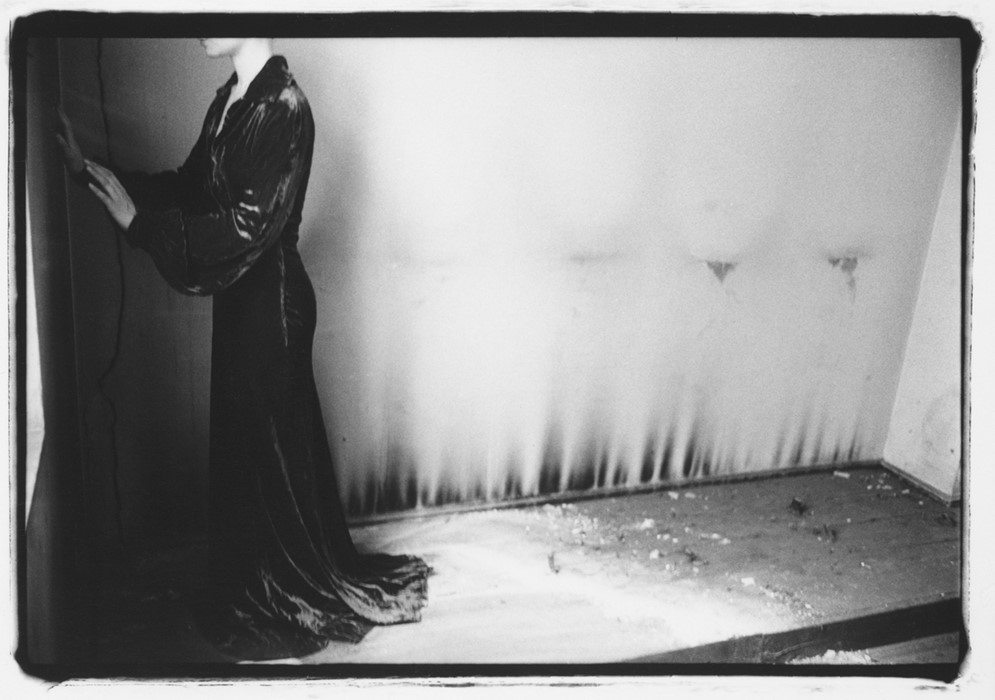
George Woodman, father:
“She was gifted with a precocious grasp of the historical moment in which she was an artist...She was a lively conversationalist. Irony and comic characterisation of other people were part of her speech.”
Betty Woodman, mother:
“Her life wasn’t a series of miseries. She was fun to be with.”
Betsy Berne, friend, writer, journalist:
“She was very loyal and intense. She was the kind of person you either loved or hated. She had a great sense of humour. There’s a great deal of wit in [the pictures], and irony. She seemed to have been born in the wrong century – she was totally outside pop culture”
Cindy Sherman, photographer:
“I think Francesca would scoff at being called a feminist artist. She used herself organically, not to make a statement.”
Anthony d’Offay, British art dealer:
“I think she was a genius.”
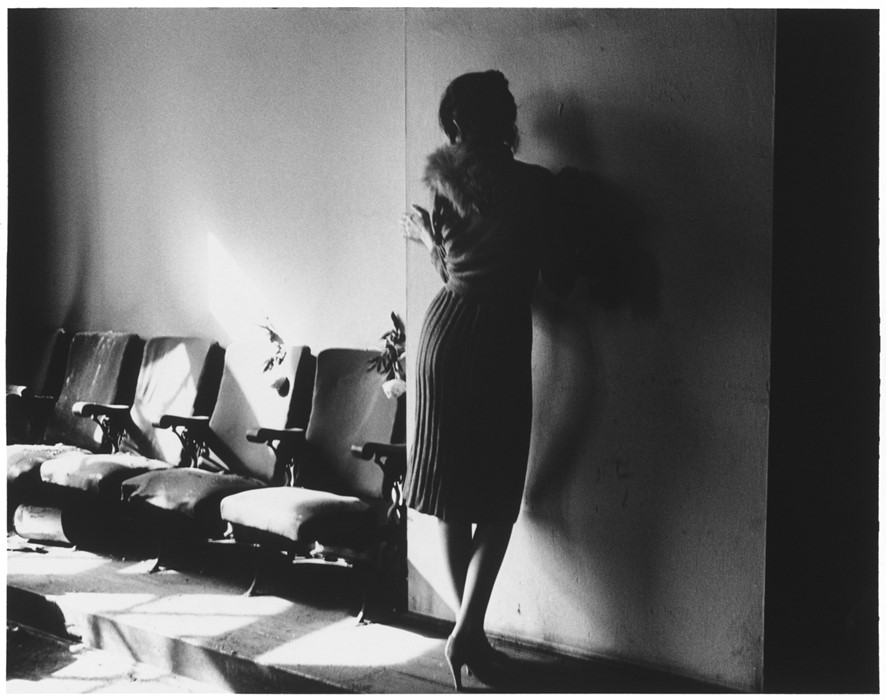
Francesca Woodman is at the Marian Goodman Gallery, New York, from February 12 – March 15.
